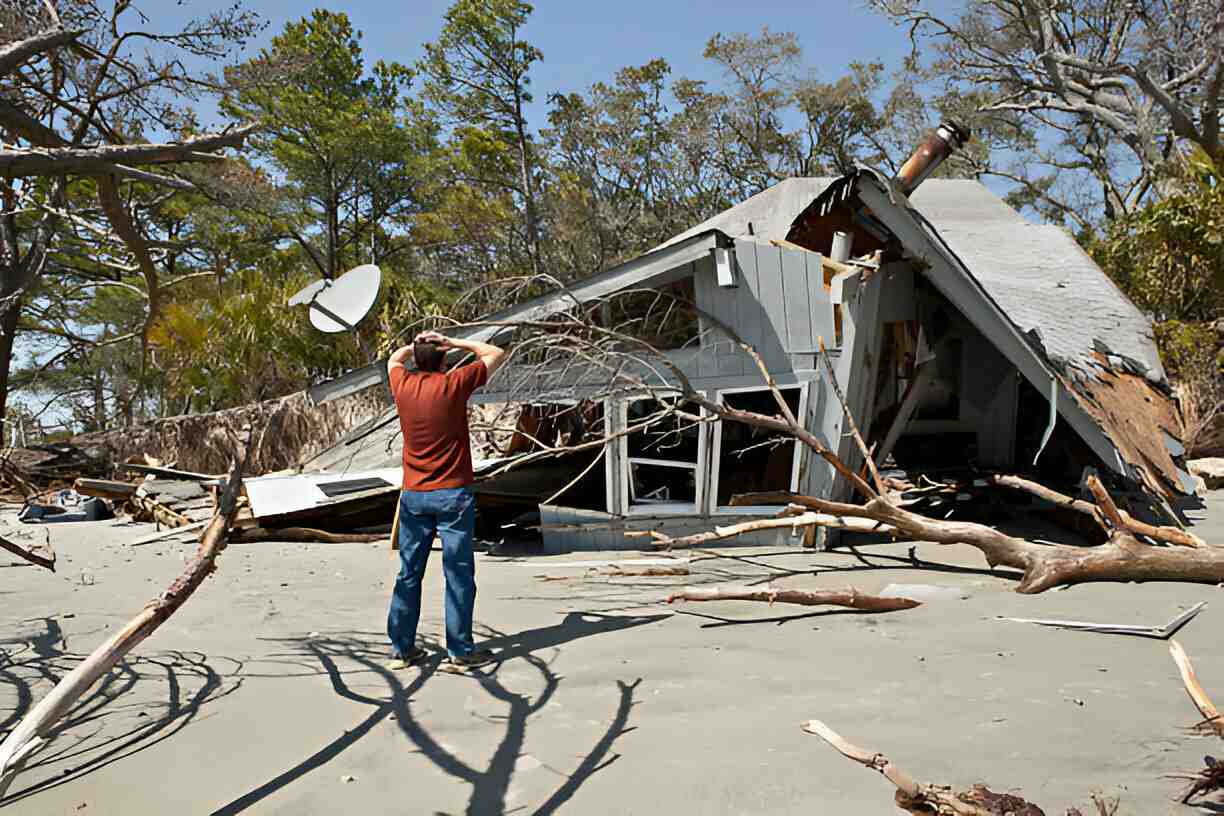Natural disasters can leave more than just physical destruction in their wake; they often inflict deep emotional scars on survivors. The trauma of experiencing a natural disaster can be overwhelming, affecting every aspect of life.
This post offers insights and practical strategies for those navigating the challenging journey of recovery from natural disaster trauma, providing hope and guidance for rebuilding both individually and as a community.
Understanding Natural Disaster Trauma
Natural disaster trauma is unique in its sudden, widespread impact and the sense of powerlessness it can create. Survivors may experience a range of reactions, including anxiety, depression, flashbacks, and difficulty sleeping. These responses are normal reactions to an abnormal situation.
Recognizing the signs of trauma is the first step towards healing. It’s important to understand that everyone processes trauma differently, and there’s no “right” way to feel or react. Acknowledging your experiences and emotions is crucial for beginning the recovery process.
Restoring Safety and Stability
After a natural disaster, the world can feel chaotic and unpredictable. Rebuilding a sense of safety and stability is essential for recovery. This process involves creating safe spaces, both physically and emotionally, where you can feel secure.
Establishing routines and rituals can help restore a sense of normalcy and control. Focus on meeting basic needs first, then gradually work towards rebuilding other aspects of your life. Remember that this process takes time and patience.
Connecting with Community Support
Natural disasters often affect entire communities, creating a shared experience of trauma. Connecting with others who have gone through similar experiences can be incredibly healing. Seek out support groups or community organizations that offer assistance to disaster survivors.
Participating in community rebuilding efforts can also be therapeutic. It provides a sense of purpose and helps combat feelings of helplessness. Remember, asking for help and offering support to others are both important aspects of the healing process.
Addressing Survivor’s Guilt and Loss
Survivor’s guilt is common among those who have lived through natural disasters. You may feel guilty for surviving when others didn’t, or for having fewer losses than others. These feelings can be overwhelming and hinder the healing process.
It’s important to acknowledge and process your losses, whether they’re physical, emotional, or both. Grief is a natural part of the recovery process. Allow yourself to mourn what was lost while also recognizing your strength in surviving.
Embracing Resilience and Growth
While natural disasters can be devastating, they can also be catalysts for personal and community growth. Many survivors report experiencing post-traumatic growth, developing new strengths and insights as a result of their recovery journey.
Focus on building resilience by identifying and nurturing your personal strengths. Embrace the opportunity to reassess priorities and find new meaning in life. Remember that healing is not about forgetting the disaster, but about integrating the experience into your life story in a way that allows for growth and forward movement.
Conclusion
Recovering from natural disaster trauma is a journey that requires patience, self-compassion, and often community support. While the path may be challenging, healing and growth are possible. By understanding disaster-related trauma, restoring safety, and connecting with the community, survivors can rebuild their lives.
Addressing guilt and loss, and embracing resilience, are crucial steps. Remember, every small step forward is a victory. With time, support, and perseverance, it’s possible to recover and emerge stronger and more resilient.




